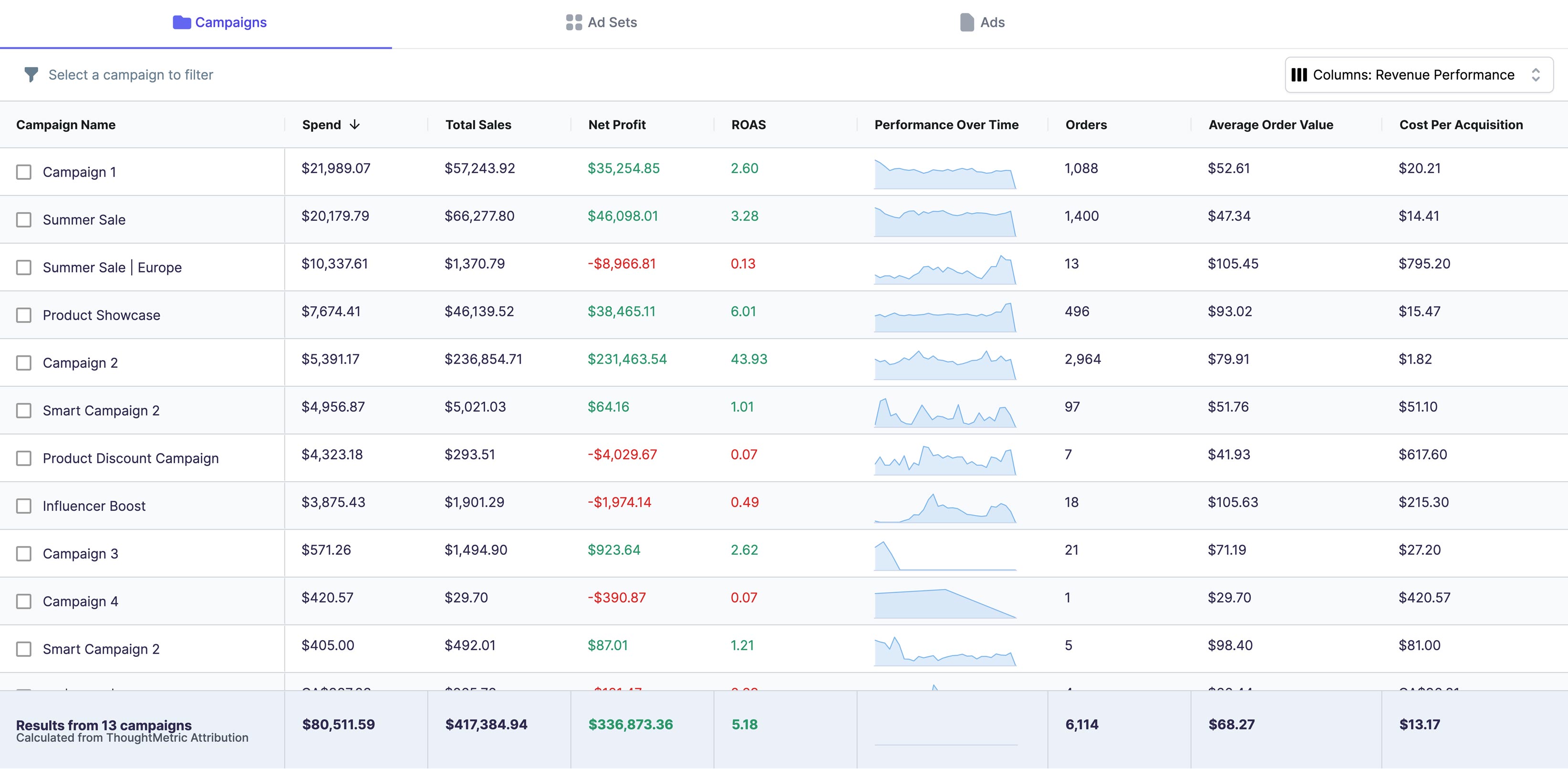Discover how data-driven attribution can supercharge your ad testing efforts and lead to more impactful campaigns.
Running ads without testing is like playing darts in the dark. You need data, attribution, and a clear game plan. If I based my marketing decisions on gut feelings, I’d blow through my budget in no time. You can think an ad is working wonders, but when you check the numbers, reality can be brutal.
Step One: Identify the Goal Metric
Before you launch any tests, identify what success looks like. Here are some key performance indicators:
ROAS: Shows how much revenue you earn for every dollar you spend on ads. A strong indicator of campaign efficiency.
Profit: Measures how much money you’re actually making after covering ad spend and other costs. Great for understanding bottom-line impact.
Orders: Tracks the number of purchases driven by your campaign. Ideal if you’re focused on volume and market share.
Which one to choose?
It depends on your goals. If you’re focused on growth and efficiency, ROAS and profit are great. If you’re launching a new product and want volume, orders might be the priority.
Step Two: Design Your Test
Once your goal is clear, design a test that isolates variables. Change one thing at a time, like creative, copy, or audience targeting, so you can see what’s actually moving the needle.
For example, if you’re testing images, run the same headline and audience for each variation. If you’re testing a new hook or headline, keep the visuals consistent. That way, you’re not guessing which change made the impact.
Step Three: Use Reliable Attribution
Accurate attribution is what turns test results into actionable insights. Don’t just rely on native platform data. Platforms like Meta and Google often double-count conversions or fail to connect touchpoints across devices.
With ThoughtMetric, you get a true picture of what’s working. It combines multi-touch tracking with post-purchase survey data, so you can see what actually influenced the purchase.
Step Four: Iterate and Optimize
Testing isn’t a one-and-done thing. Once you see what’s working, make small tweaks and test again. Keep refining your campaigns based on data, not assumptions.
Wrapping Up
Effective ad testing means trusting the data, not your gut. With ThoughtMetric, you can see exactly how your tests are performing and which ones are really driving sales.





